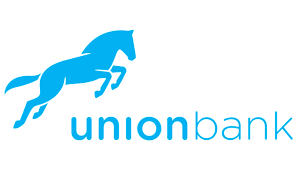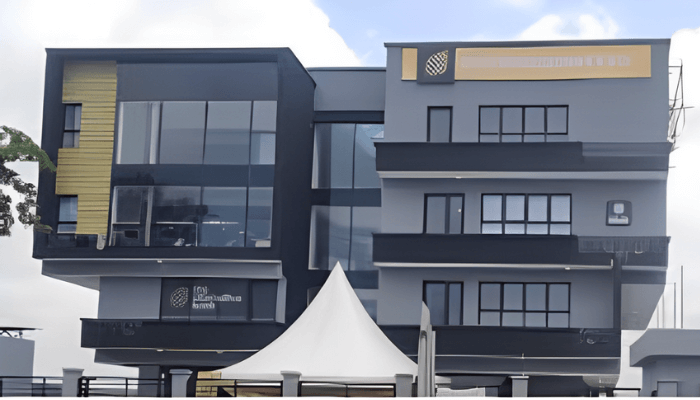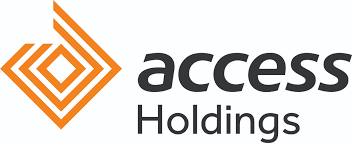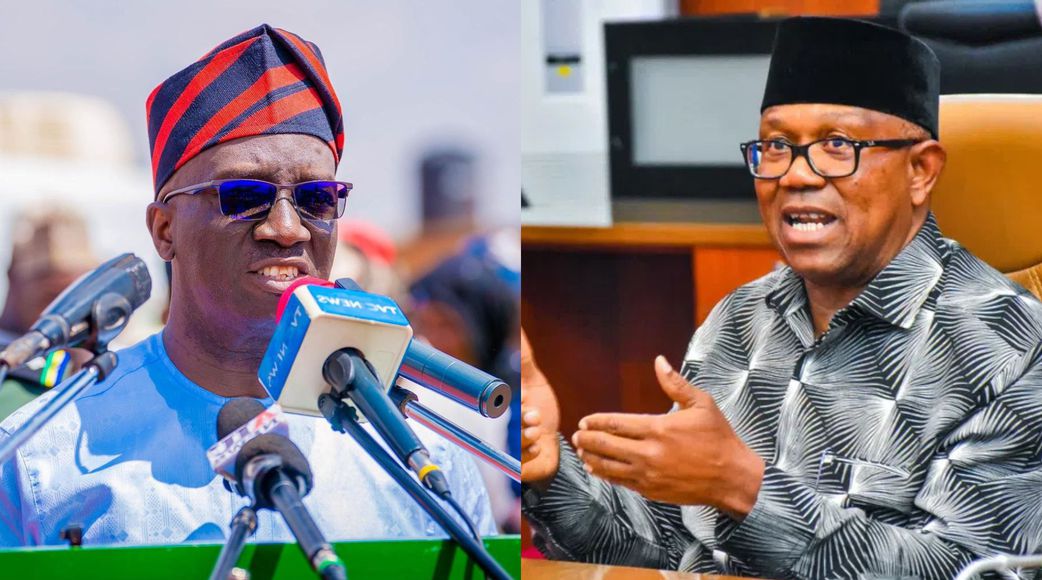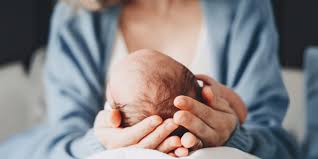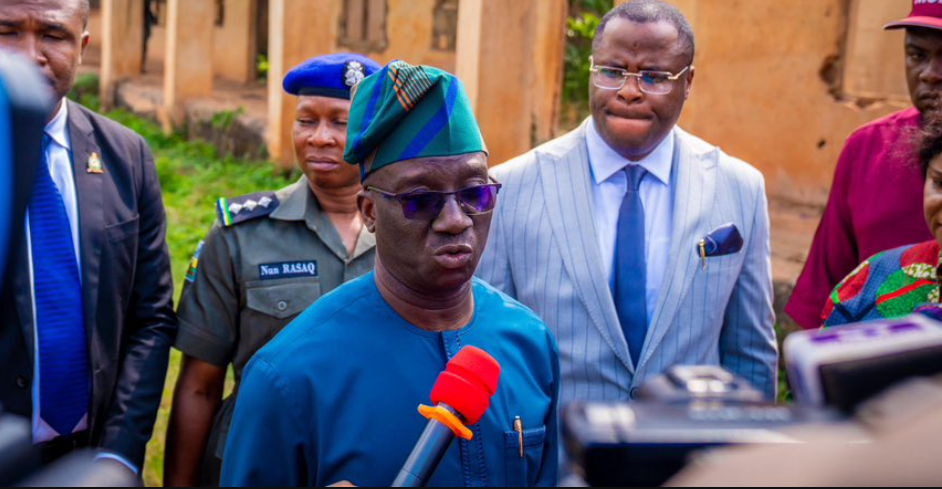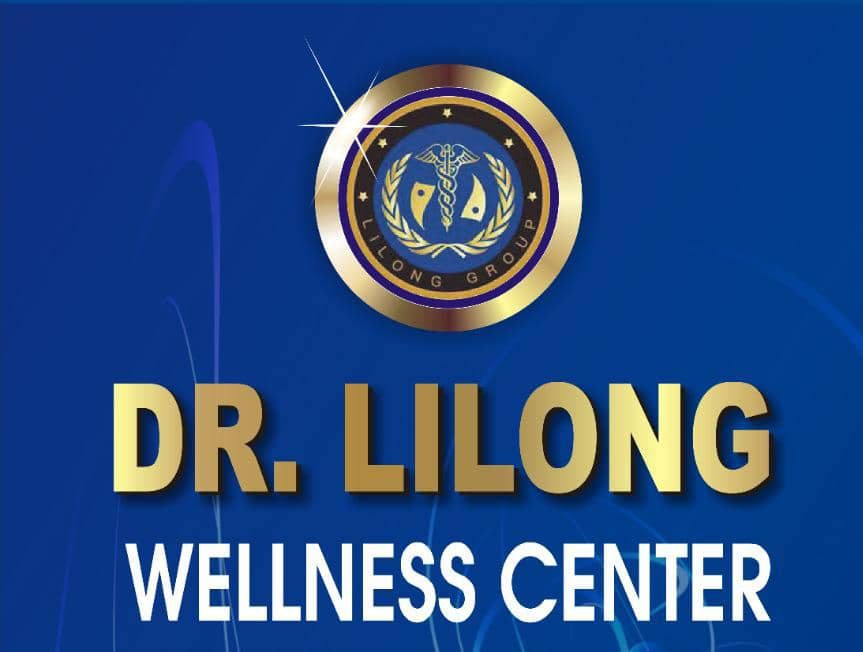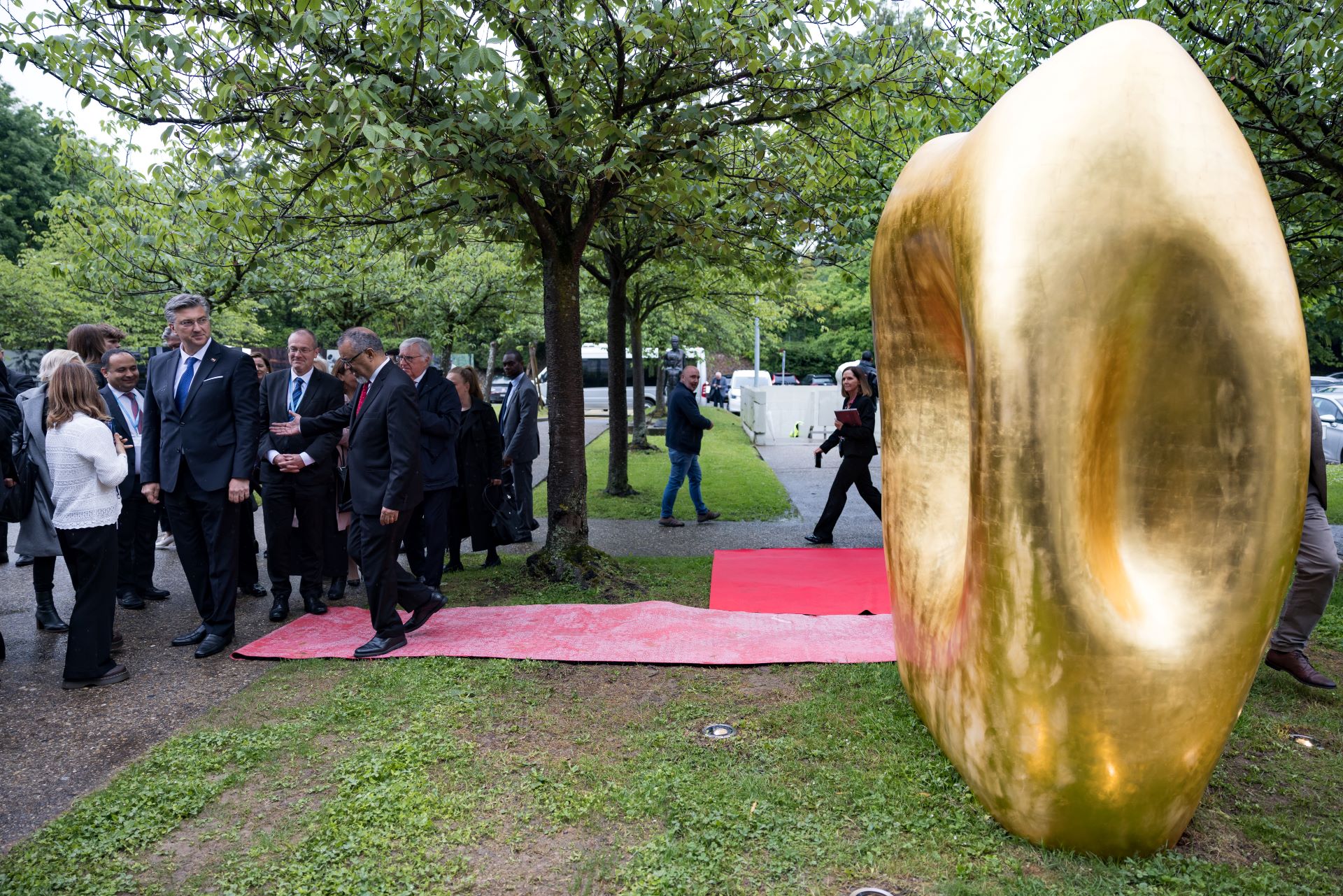By Ayomide Otitoju
The World Health Organization (WHO) has published its first position paper on immunization strategies to protect infants against respiratory syncytial virus (RSV), a major cause of acute lower respiratory infections in children globally.
The paper, released in the Weekly Epidemiological Record (WER), outlines WHO’s official recommendations for the use of two immunization products—marking a significant step in the global fight against RSV, which causes an estimated 100,000 deaths and over 3.6 million hospitalizations annually among children under the age of five. Alarmingly, nearly half of these deaths occur in infants younger than six months, with 97% reported in low- and middle-income countries where access to supportive care such as oxygen and rehydration is limited.
The WHO now recommends two immunization options: a maternal vaccine, RSVpreF, administered to pregnant women during the third trimester to confer immunity to their infants, and a long-acting monoclonal antibody, nirsevimab, given directly to newborns for immediate protection.
“RSV is an incredibly infectious virus that affects people of all ages, but it is particularly dangerous for infants, especially those born prematurely,” said Dr. Kate O’Brien, WHO Director of Immunization, Vaccines, and Biologicals. “These WHO-recommended immunization products have the potential to dramatically reduce RSV-related hospitalizations and deaths, ultimately saving countless infant lives around the world.”
RSV typically presents symptoms similar to the common cold—such as runny nose, coughing, and fever—but can escalate to serious complications including bronchiolitis and pneumonia, particularly in vulnerable populations like infants, older adults, and those with underlying health conditions.
WHO’s guidance emphasizes that countries may choose between the maternal vaccine and the monoclonal antibody based on their health system’s capacity, cost-effectiveness, and expected coverage. The Strategic Advisory Group of Experts on Immunization (SAGE) endorsed both products for global use in September 2024. The maternal vaccine received WHO prequalification in March 2025, enabling procurement by United Nations agencies.
For optimal protection, WHO advises administering the maternal vaccine from the 28th week of pregnancy onwards, ideally during routine antenatal care visits. This ensures sufficient transfer of antibodies from mother to child before birth.
Nirsevimab, the second recommended product, is delivered as a single injection that provides at least five months of protection—sufficient to cover the RSV season in countries with defined RSV seasonality. WHO recommends administering it at birth or during the first postnatal health visit, and in seasonal settings, just before the infant enters their first RSV season. While the greatest impact is expected in infants under six months, benefits extend up to 12 months of age.
The WHO position paper is intended to guide national public health authorities, immunization programme managers, and funding agencies in the integration of RSV prevention into national vaccination efforts. The organization routinely publishes updated guidance on immunization products targeting diseases of major public health concern.
This landmark guidance comes amid rising global awareness of RSV’s deadly toll on infants and is seen as a pivotal moment in efforts to reduce child mortality, particularly in low-resource settings.





